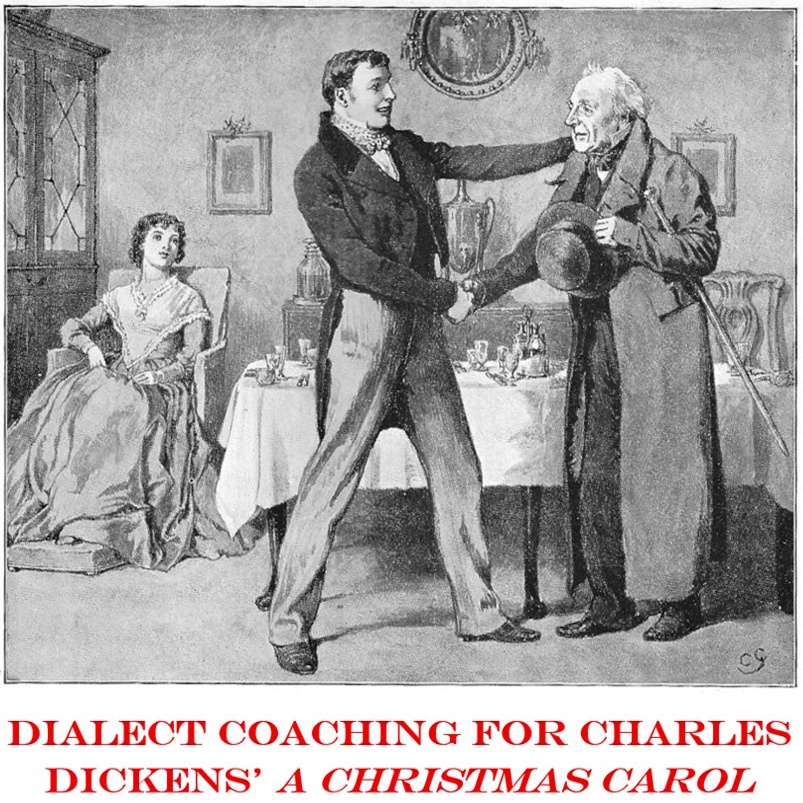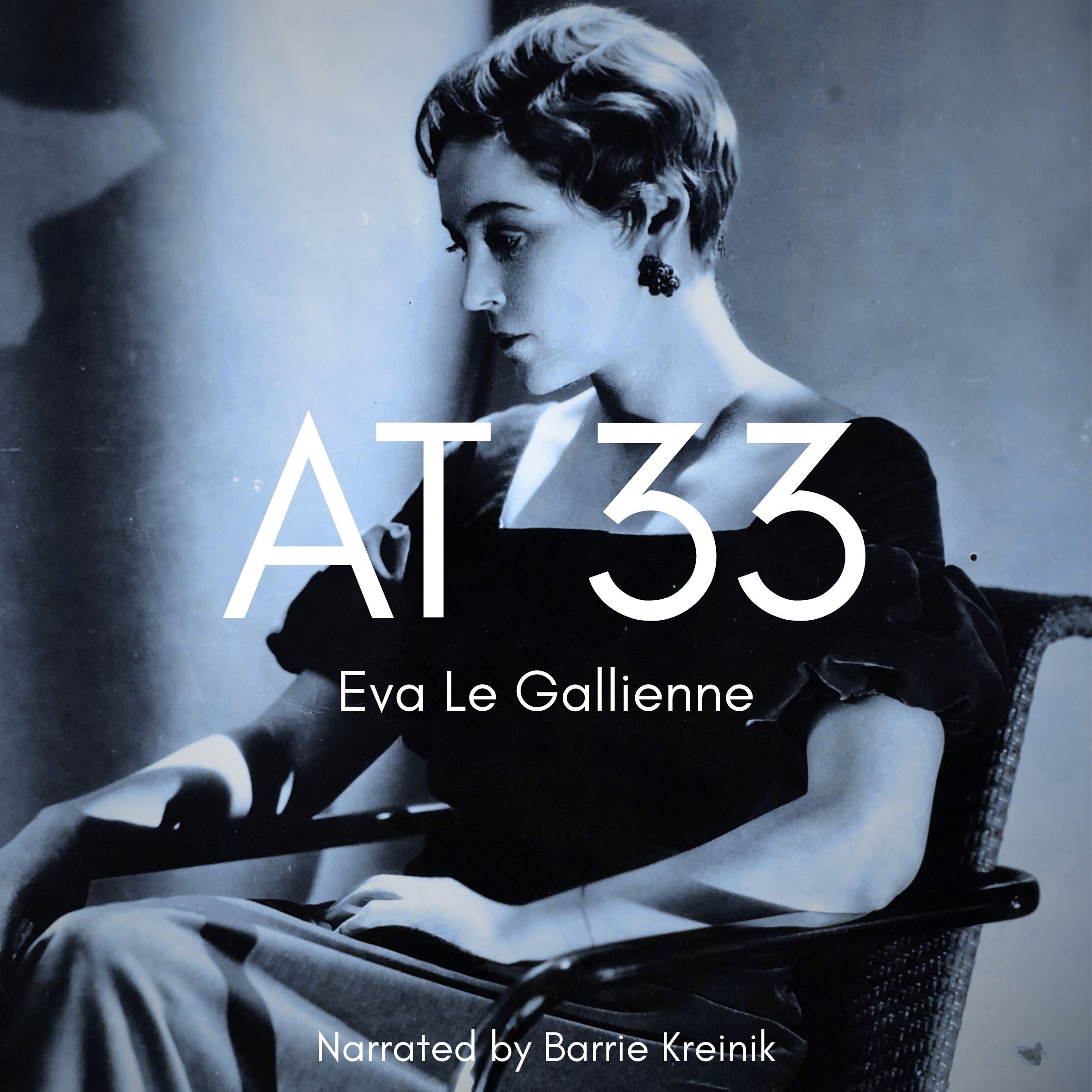New York 36
Listen to New York 36, a 61-year-old woman from the Bronx, New York City, New York, United States. Click or tap the triangle-shaped play button to hear the subject.
Both as a courtesy and to comply with copyright law, please remember to credit IDEA for direct or indirect use of samples. IDEA is a free resource; please consider supporting us.
BIOGRAPHICAL INFORMATION
AGE: 61
DATE OF BIRTH (DD/MM/YYYY): 29/03/1959
PLACE OF BIRTH: New York City
GENDER: female
ETHNICITY: White
OCCUPATION: retired assistant to a library director
EDUCATION: completed some college education
AREAS OF RESIDENCE OUTSIDE REPRESENTATIVE REGION FOR LONGER THAN SIX MONTHS:
The subject lived in the Bronx until the age of 26. She then moved to Milltown, New Jersey, and has lived there ever since.
OTHER INFLUENCES ON SPEECH: N/A
The text used in our recordings of scripted speech can be found by clicking here.
RECORDED BY: Sarah Maria Nichols
DATE OF RECORDING (DD/MM/YYYY): 27/11/2020
PHONETIC TRANSCRIPTION OF SCRIPTED SPEECH: N/A
TRANSCRIBED BY: N/A
DATE OF TRANSCRIPTION (DD/MM/YYYY): N/A
ORTHOGRAPHIC TRANSCRIPTION OF UNSCRIPTED SPEECH:
OK, so, I, I mean, I originally grew up in an area of the Bronx that, um, was (on) declining quickly. But there was still a, you know, I don’t know — people were moving out, so, it became dangerous to live there, I guess, my parents felt. And that was in, um, what was called Highbridge, or what is still called Highbridge, I think. And I always went to Catholic school. And then when I was in the beginning of the third grade, my grandparents also lived right next door to us. So, we moved to what seemed like paradise at the time. It was in the northwest Bronx, um, near 238th Street, near Van Cort, Cortlandt Park. And, um, that’s where I met my now lifetime friends. We’re still friends after all these years; I met them when we were all 7, 8, 9 years old. So, and it’s great that we still see one another and hang out, and — the-they’re like my family; they know me better than anybody, probably. They know all that I grew up with and, s-you know, same with me with them. And there were some funny, funny stories, but — shocking, too.
One time, we used to play in my friend Didi’s yard, and we used to make mudpies and play bakery. And there was, um — she had a private home, but there, there was a building next to her property, her home, her, you know, the property her home was on. And we decided this one day that we’re gonna make mudballs and throw them at the side of the building. So, m-my one friend, Erica, turned around and threw the mudball right in my eye. So, her m-hum, Didi’s mom was known around town for her red station wagon; she used to take us everywhere in the red station wagon. We still talk about it to this day. So, she rush-rushed my mother and I to Jewish Memorial Hospital in Manhattan; like, it was right over the Spuyten Duyvil Bridge in northern New York. …
Yeah, so the — I mean, in the emergency room they cleaned out my eye, but when we got back, we couldn’t find Erica for hours. She was so afraid because she’d done that, that she went and hid on the roof. And she still has guilt about it. [Subject laughs.] Just stupid things kids do. That’s it. I don’t, I don’t, I don’t know if that’s a fun story, but, it’s what we did. We hung out and played a lot in the street. Went home when the lights came on, jump rope every day in the summer, a big gang of us down the bottom of the hill. And the older kids used to, um, organize us to play jump rope with them. Mm, bicycles, roller skates, no video games.
TRANSCRIBED BY: Sarah Maria Nichols
DATE OF TRANSCRIPTION (DD/MM/YYYY): 27/11/2020
PHONETIC TRANSCRIPTION OF UNSCRIPTED SPEECH: N/A
TRANSCRIBED BY: N/A
DATE OF TRANSCRIPTION (DD/MM/YYYY): N/A
SCHOLARLY COMMENTARY: N/A
COMMENTARY BY: N/A
DATE OF COMMENTARY (DD/MM/YYYY): N/A
The archive provides:
- Recordings of accent/dialect speakers from the region you select.
- Text of the speakers’ biographical details.
- Scholarly commentary and analysis in some cases.
- In most cases, an orthographic transcription of the speakers’ unscripted speech. In a small number of cases, you will also find a narrow phonetic transcription of the sample (see Phonetic Transcriptions for a complete list). The recordings average four minutes in length and feature both the reading of one of two standard passages, and some unscripted speech. The two passages are Comma Gets a Cure (currently our standard passage) and The Rainbow Passage (used in our earliest recordings).
For instructional materials or coaching in the accents and dialects represented here, please go to Other Dialect Services.
 IDEA: International Dialects of English Archive
IDEA: International Dialects of English Archive




